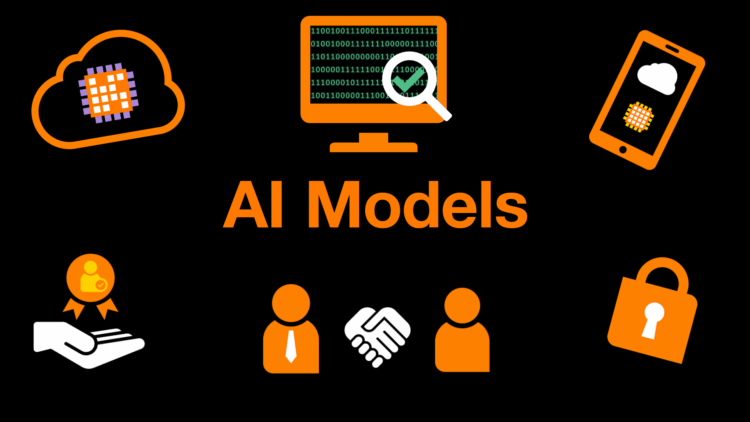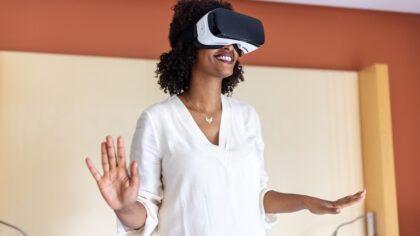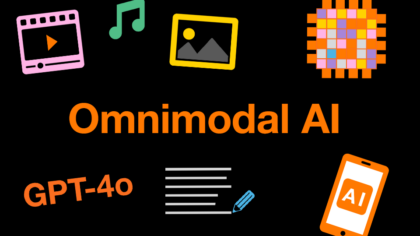A typology of Artificial Intelligence models
• Three primary AI model paradigms exist: "open weight" models, which are downloadable but retain opaque design mechanisms; "open source" models, which provide full access to their training data and technical specifications; and "closed" models, which are exclusively accessible via proprietary online services.
• Their coexistence addresses distinct requirements: user control and customization, provider IP protection and usage governance, and a cross-cutting need for transparency and trust, particularly for research and regulatory purposes.
• No single category is universally superior; the optimal selection must be derived from a rigorous assessment of specific requirements and a careful review of the providers' licensing terms and conditions.
Watch the video
• Their coexistence addresses distinct requirements: user control and customization, provider IP protection and usage governance, and a cross-cutting need for transparency and trust, particularly for research and regulatory purposes.
• No single category is universally superior; the optimal selection must be derived from a rigorous assessment of specific requirements and a careful review of the providers' licensing terms and conditions.


Customer engagement in the digital age: how to activate and anchor it
Read the article

Personalising digital interfaces over time with continuous learning of usage habits
Read the article

“Everything happened so fast!”: Online fraud victims share their stories
Read the article
